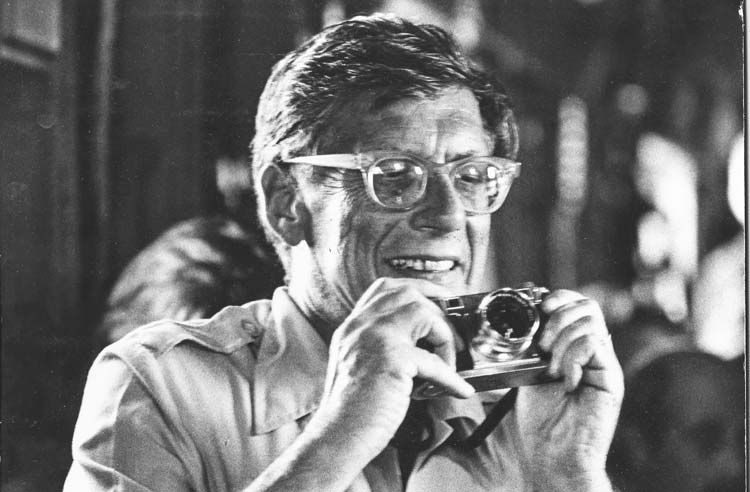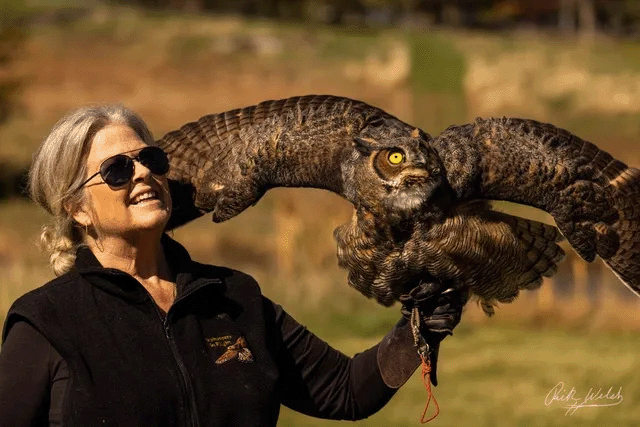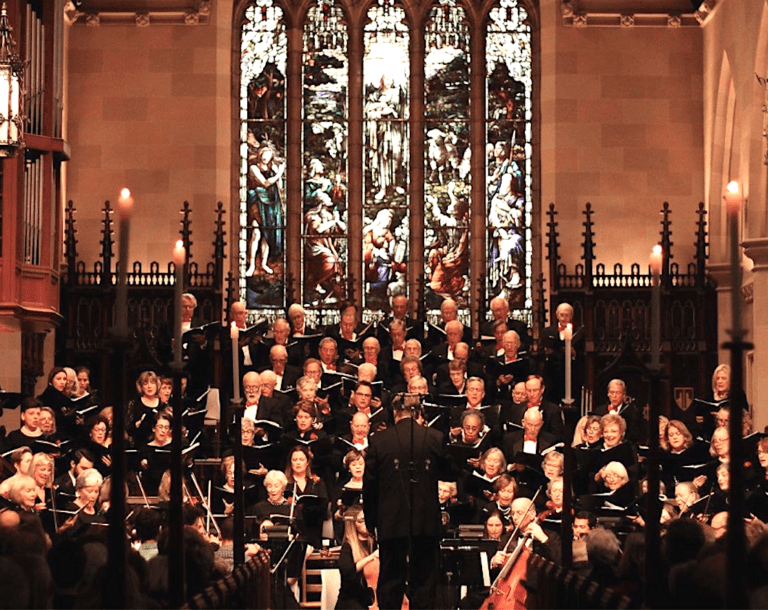
By Anne W. Semmes
Sentinel Columnist

There was a capacity crowd of 245—with wordsmiths extraordinaire—last Friday at New York’s esteemed Century Club to celebrate the long and well-lived life of journalist and author Roy Rowan who made his home in Greenwich and the world, who died in September at 96.
What flowed from the testimonies of Roy’s colleagues from Life magazine, Time, and the New York Times were accolades for Roy’s true grit and grip on life and impressive reporting from the field—count Mao’s revolution in China, Korean and Vietnam wars. But also heard was a nostalgia for those days when journalists were revered, reporting during a time of the Greatest Generation so named by author-journalist Tom Brokaw, present as featured speaker at the celebration.
Marc Rowan, the youngest of Roy’s four sons and master of ceremonies, kicked off the event with his 30-stanza poem, “I Am Roy Rowan,” that traveled through his father’s astonishing career: “Spanning an incredible era/ That was over far too soon, From horse drawn trams to rockets and jets,/To the first man on the moon.”
Guests were treated to a rich array of video shots of Roy “in the field,” arriving off planes, meeting with President Gerald Ford in the Oval Office, with John Glenn, with Imelda Marcos, and in flight with Jimmy Hoffa. There was a memorable shot of Roy as family man, too, with beloved wife Helen and sons in his Byram Shore house. But it was in the praise of Roy that one heard the elevated language of the wordsmith.
“He taught me to write short,” began Richard B. Stolley, of Life, Time, and People Magazine. “What better training could I have for starting People Magazine?” he said to laughs. “Anybody can write long. It takes talent and courage to write short.”
Stolley recalled the year 1963 he was editor of Life magazine when President Kennedy was killed and it fell to Roy then with Life to choose the frames from the famous Zapruder film to “show the world what happened to the President when he was shot.” Roy had held back that one frame that showed the grievous wound—“out of kindness to the Kennedy family.”
Stolley ended his praise with Wordsworth. “On that best portion of a good man’s life: his little, nameless unremembered acts of kindness and love.”
Roger Cohen, New York Times columnist and author, contrasted “these days of new falsities in language, of ‘alternate facts’ and ‘post truths,’” with Roy’s reporting, his “fearless, indomitable, relentless pursuit of truth.” “Without truth,” Cohen quoted, “’Freedom dies!’”
There is no substitute to” being there” and telling others about it, is how Cohen put it.

Cohen’s praise for Roy’s book, “Chasing the Dragon” on the Chinese Revolution brought T.S. Eliot’s take on good writing: “The common word exact without vulgarity,/The formal word precise but not pedantic,” with “Every phrase and every sentence an end and a beginning.”
Cohen ended with gravitas and perhaps a battle cry to today’s beleaguered journalists, quoting from W.H. Auden’s poem, “September 1, 1939:” “We must love one another or die… Beleaguered by the same/Negation and despair,/Show an affirming flame.”
Tom Brokaw quipped his familiar sign off, “We’ll be back after this,” before recalling his early days as reporter in the field seeing the skilled senior Rowan at work, when “Life magazine was a precursor of TV.” “Roy saw the world as his beat,” he said.
Roy’s legacy—other than the 10 books he left behind—was related by Richard Holstein, president of the Overseas Press Club Foundation, in Roy’s resuscitative work with the Overseas Press Club, and the establishment of the Roy Rowan Scholarship.
Roy’s archives—all 40-cubic feet of them!—fortunately found a home at Hartwick College in upstate New York. Hartwick President Dr. Margaret L. Drugovich had her own special words from Roy that she shared: “Take it a day at a time, and it’s never too late for something good to be around the corner.”




